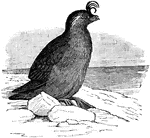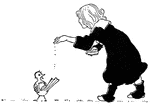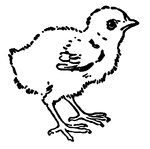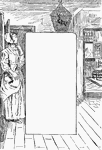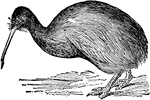
Apteryx
"Apteryx is a genus of birds, the typical one of the family apterygidæ. Two species are known-…
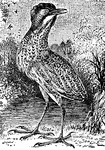
Bittern
"The bitterns are distinguished from the herons proper, besides other characteristics, by having the…
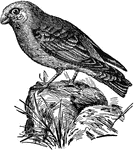
Bull Finch
"The Bull Finch is a well known bird, locally know as the norskpipe, the coal-hood, the hoop, or the…
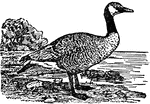
Canada Goose
"The Canada Goose is an American wild goose 30 to 35 inches long, brownish above, lighter below, head,…

Goosander
"The Goosander is a web-footed bird in the duck family. The adult male, which measures 26 inches in…
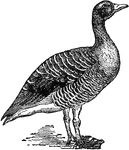
Wild Goose
"Goose is the name of a well-known family of natatorial birds. The domestic goose is believed to have…

Goosander
"The Goosander is a web-footed bird in the duck family. The adult male, which measures 26 inches in…
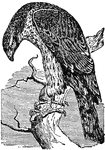
Goshawk
"Goshawk, or Goshauk (properly goose-hawk) is a bird of prey. It is brown above, white underneath, barred…
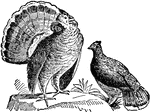
Ruffed Grouse
"Grouse, in ornithology, are various game-birds, specially the black grouse, and the red grouse. The…
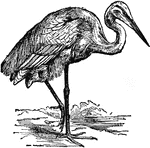
Heron
"Heron is the common name of birds of the genus Ardea. The herons are distinguished by having a long…

Tinamou
"Tinamou is the name given to a genus and family of birds occurring in South America, and allied in…
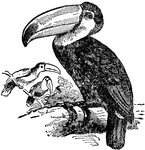
Toucan
"The Toucan, in ornithology, is the popular name of any bird of the genus Rhamphastos. They are all…

Turnstone
"Turnstone is a small genus of birds of the plover family, intermediate between the true plovers and…
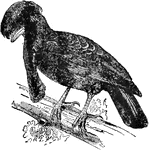
Umbrellabird
"The Umbrella Bird is a native of Peru. It is about the size of a crow, with deep black plumage; the…
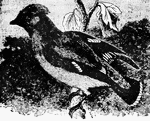
Waxwing
"The Waxwing is an insessorial bird belonging to the dentirostral section of the order. It derives its…
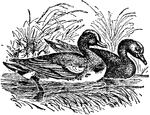
Wigeon
"Wigeon is one of the most popular birds with the American sportsman. Length about eighteen inches;…
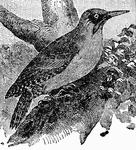
Green Woodpecker
"Woodpecker is the popular name of the old Linnæan genus Picus, now greatly divided. Woodpeckers…
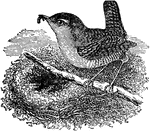
Wren
"Wren is a genus of birds, having a slender, slightly curved, and pointed bill; the wings very short…
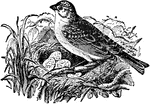
Yellowhammer
"The Yellow Hammer, or Yellow Bunting, is a bird widely distributed over North America and Europe. It…

Hornbill
"Hornbills are a remarkable group of birds confined to Southern Asia and Africa, akin to the kingfishers…

Jacana
"The Jacana is a wading bird; a genus of grallatores. They are very light birds; and the wide surface…
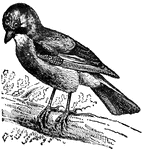
Jay
"Jay is the popular name of a species of birds belonging to the crow family, of a vinous red color;…

Mistletoe
"Mistletoe is a plant parasitic on the apple and other fruit trees, on the thorn, the oak, the poplar,…
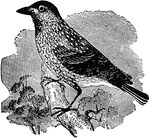
Nutcracker
"The Nut Cracker is a bird of Southern Europe. They feed on the seeds of pine and beech, and on nuts,…
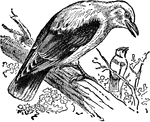
Oriole
"The Oriole is a well-known American Bird, of which there are varieties in Europe, Asia, and Africa."—(Charles…

Osprey
"The Osprey, the fish hawk, bald buzzard, or fishing eagle. A bird of prey, of almost world wide distribution…
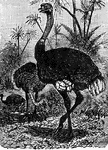
Ostrich
"The Ostrich is the largest of all living birds, standing from six to eight feet in height, and has…
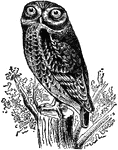
Rock Owl
"The owl is a popular name for any nocturnal, raptorial bird, of which about 200 species are known.…
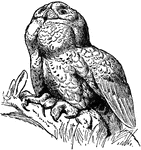
Great Snow Owl
"The owl is a popular name for any nocturnal, raptorial bird, of which about 200 species are known.…

Oystercatcher
"Oyster catcher is a name applied to several American species of wading birds, also a handsome European…
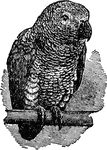
Gray Parrot
"Parrot is the popular name for any individual of a well-known group of birds from the warmer regions…

Penguin
"The Penguins are aquatic birds confined to the high S. latitudes or both hemispheres, where they congregate…
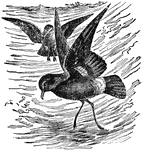
Stormy Petrel
"Petrel is a popular name for certain small oceanic birds of dusky plumage, nocturnal in habit, widely…
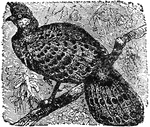
Pheasant
"The Pheasant is one of the most highly prized game birds. The adult male pheasant is a beautiful bird,…
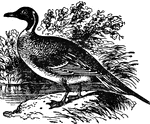
Pintail Duck
"The Pintail Duck has the upper parts and flanks ash, with narrow stripes of black; under parts white;…

Prairie Chicken
"Prairie Chicken is the popular name of the pinnated grouse of the United States. The neck of the male…
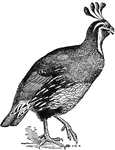
Lophortyx Californicus Quail
"The Quail is a small game bird; the Virginia species is common in North America, and so far south as…

Raven
"The Raven is a large bird of the crow family. The raven has played an important part in mythology and…
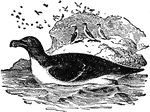
Razorbill
"The Razorbill is an aquatic bird, the common auk, the sole species of the genus, the great auk being…
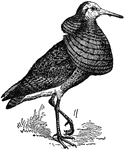
Fighting Sandpiper
"Sandpiper is a popular name for several wading birds."—(Charles Leonard-Stuart, 1911)

Shoe-Billed Stork
The Shoe-Billed Stork is a bird related to the Storks that feeds on creatures that live in muddy water.

Shoveler Duck
"The Shoveler is the broadbill or spoonbill duck, widely distributed over the Northern Hemisphere. Length…
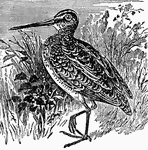
Snipe
"Snipe is the name of a common family of birds. The common American snipe is about equal in size to…
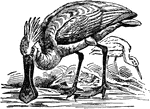
Spoonbill
"Spoonbill is the popular name of the birds of the genus Platalea, belonging to the heron family (Ardeidæ),…
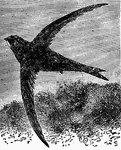
Common Swift
"The Swift, like swallows in many respects, their structure is almost entirely different, and some naturalists…
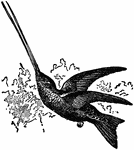
Swordbill
"Swordbill is a popular name for any individual of the humming bird genus, Docimastes. The bill which…
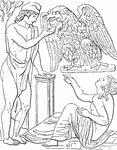
Ganymede and Eagle
"From an ancient sarcophagus, represents Ganymede giving drink to the eagle, or bird of Jobe, and Hebe…

